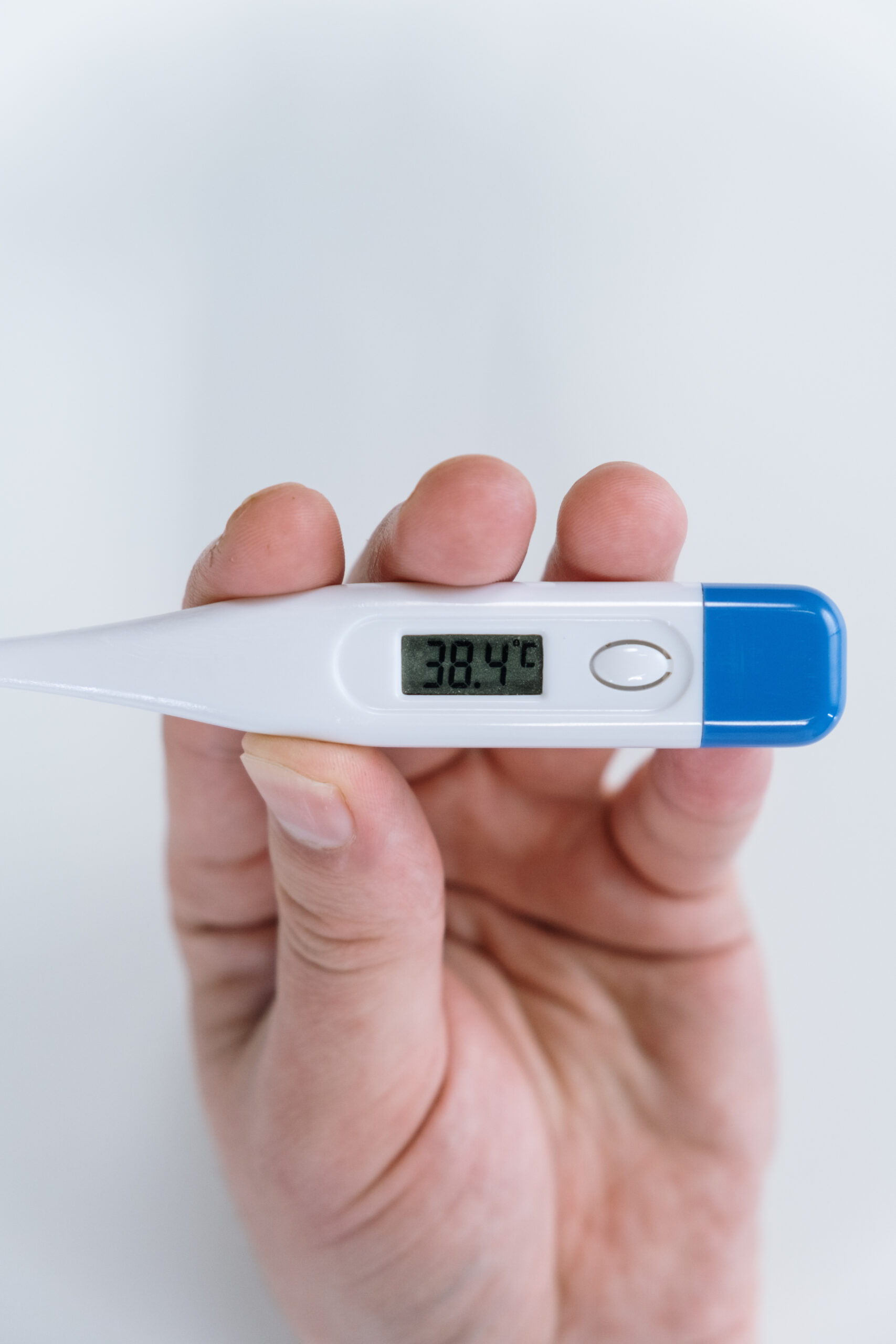What are the symptoms of shingles?
Title: Unmasking the Symptoms of Shingles: A Painful Encounter
Introduction:
Shingles, also called herpes zoster, is a viral infection caused by the varicella-zoster virus—the same virus responsible for chickenpox. While most people are familiar with the itchy, red rash associated with chickenpox, shingles manifests differently. This blog aims to shed light on the key symptoms of shingles, as well as provide some tips on managing this painful condition.
1. The Prodrome Phase:Typically, the first signs of shingles start before the rash appears. Known as the prodrome phase, this period lasts for several days and can cause flu-like symptoms, such as:
a. Fatigue: Feeling excessively tired and lacking energy.b. Headache: Experiencing persistent or severe headaches.c. Fever: Running a low-grade fever or feeling generally feverish.d. Chills: Shivering or feeling excessively cold.
2. Tingling, Itching, and Numbness:As the virus starts to reactivate, you may experience unusual sensations within a specific area of your body. These sensations include:
a. Tingling: Feeling a pins-and-needles sensation in the affected area.b. Itching: Experiencing an intense itchiness, particularly on the torso, face, or neck.c. Numbness: Sensation loss, making the skin feel numb or less sensitive.
3. Painful Rash:After the prodrome phase, a distinct rash will appear, usually on one side of the body. The rash typically forms in a band or strip, following the nerve pathway where the virus is active. Key features of the shingles rash include:
a. Redness and Inflammation: The affected area may turn red, indicating inflammation.b. Fluid-Filled Blisters: Small, fluid-filled blisters develop, similar to chickenpox.c. Pain: The rash can be extremely painful, causing a burning or stabbing sensation.d. Sensitivity: The affected skin may become sensitive to touch or even clothing.
4. Postherpetic Neuralgia:
While the shingles rash typically heals within two to four weeks, a complication called postherpetic neuralgia (PHN) can occur. PHN affects the nerves, causing persistent pain in the areas where the rash was present. The pain can last for weeks, months, or even years after the rash has disappeared.
Conclusion:
Recognizing the symptoms of shingles is crucial for early diagnosis and prompt treatment, reducing the risk of complications. If you experience any of the aforementioned symptoms, it is important to consult a healthcare professional for a proper evaluation. Although shingles can be painful and uncomfortable, there are treatment options available to alleviate symptoms and prevent further complications.
Remember, knowledge is power when it comes to your health. Stay informed, stay vigilant, and seek help if you suspect a shingles outbreak.



